In OpenGL ES 2.0 for Android, I am drawing a sphere. The sphere appears on the screen as a circle, so I need to add lighting. When I added lighting, instead of it being smooth, like it would be in real life, it is a fine line between light and dark, as shown here:

However, I want it to look like this, where the shading is much smoother and blended:

Here is my vertex shader code:
uniform mat4 u_Matrix;
uniform vec3 u_VectorToLight;
attribute vec4 a_Position;
attribute vec3 a_Color;
attribute vec3 a_Normal;
varying vec3 v_Color;
void main() {
v_Color = a_Color;
vec3 scaledNormal = a_Normal;
scaledNormal = normalize(scaledNormal);
float diffuse = max(dot(scaledNormal, u_VectorToLight), 0.0);
v_Color *= diffuse;
float ambient = 0.1;
v_Color += ambient;
gl_Position = u_Matrix * a_Position;
}
And my fragment shader:
precision mediump float;
varying vec3 v_Color;
void main() {
gl_FragColor = vec4(v_Color, 1.0);
}
The normal is calculated by getting the vector from the center of the sphere to the point on the sphere, then normalizing it (giving it a length of 1)
Here is how I set the colors:
vertices[offset++] = Color.red(color);
vertices[offset++] = Color.green(color);
vertices[offset++] = Color.blue(color);
Where color is 0xffea00.